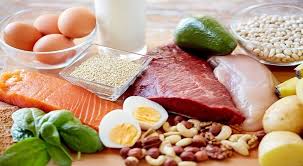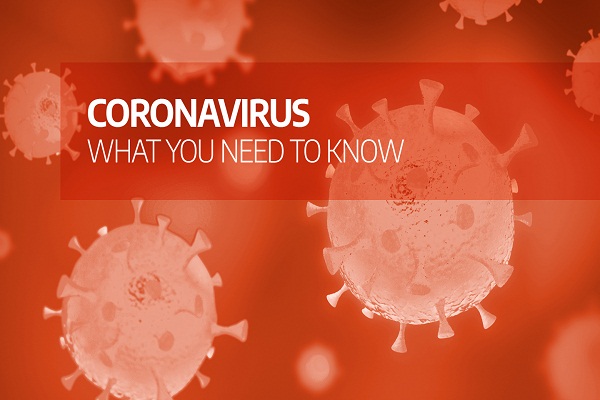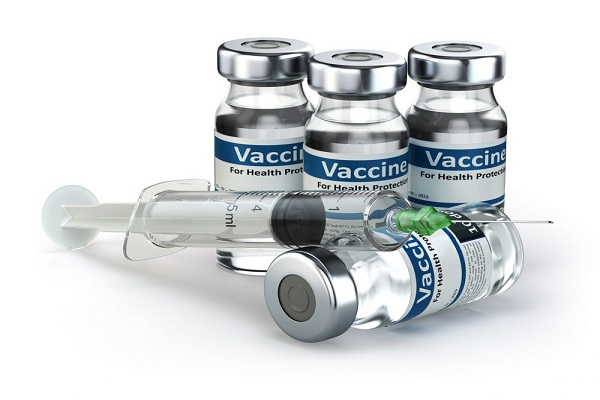
 If you wish for a flat stomach or to decrease fat from there, then listen up.
If you wish for a flat stomach or to decrease fat from there, then listen up.
You can do it by following a heart-healthy diet, which is high in fiber and low in saturated fats.

However, there is still no miracle diet, food, nutrient or bioactive component that will target abdominal fat, but still, a heart-healthy diet could help you to prevent and reduce abdominal obesity.
Today, the obesity has become an epidemic and there is increasing attention to the health risks associated with abdominal obesity – excess fat stored around the abdomen.
Independent of body weight, a larger waist always increases risk for cardiovascular disease, diabetes, and metabolic syndrome.

These risks are mainly related to visceral adipose tissue – fat stored below the abdominal muscles, surrounding the major internal organs. Visceral adipose tissue appears to be more metabolically active than subcutaneous fat, stored under the skin but above the abdominal muscles.
Generally, abdominal obesity has been defined as a waist circumference of about 34 inches in women and 40 inches in men.
Measuring waist circumference is considered the most convenient method of assessing abdominal obesity. Techniques (dual-energy x-ray absorptiometry and CT/MRI scans) are also there.
Risk of abdominal obesity increases with age, especially in women, and with changes in hormone levels.
Today, the internet space is full of many extravagant claims to cure belly flat in a few days. Diets like intermittent fasting, high-protein diets, green tea, and others are trending in the health market. But still, there is no substantial proof on how effective these diets are to reduce fat.
The good news is, some diet characteristics appear helpful in reducing or preventing abdominal obesity – particularly lower intake of trans and saturated fats and higher intake of fiber
Be a part of Elets Collaborative Initiatives. Join Us for Upcoming Events and explore business opportunities. Like us on Facebook , connect with us on LinkedIn and follow us on Twitter , Instagram.












